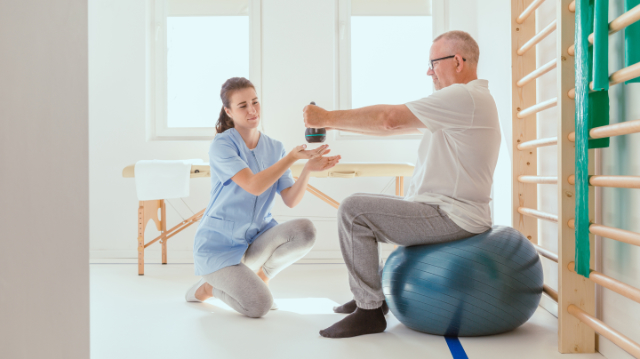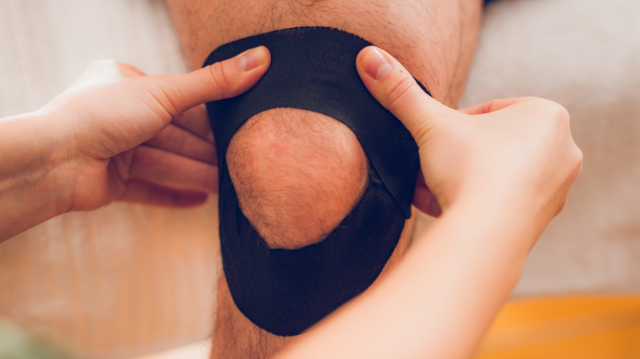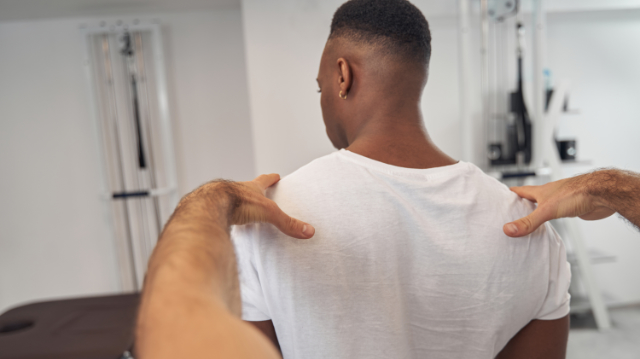
A Path to Enhanced Cardiovascular Health
The Power of Resistance Training
Physical therapist–directed resistance training (RT) isn't just about building muscles. RT, as a muscle–strengthening exercise, has been proven to not only improve your ability to perform daily activities with greater ease, it can also significantly lower the risk of cardiovascular.
The Power of Resistance Training
Resistance training can improve your cardiovascular health in several key ways:
- Improves Blood Flow: Enhances vascular function and prevents plaque buildup, reducing cardiovascular disease risk.
- Lowers Blood Pressure: Leads to reductions in resting blood pressure, making blood flow more efficient.
- Improves Cholesterol Profiles: Balances cholesterol levels by reducing LDL and increasing HDL, beneficial for heart health.
- Enhances Blood Sugar Control: Improves insulin sensitivity and glucose metabolism, beneficial for preventing or managing type 2 diabetes.
- Reduces Body Fat: Helps in reducing body fat percentage, linked to improved heart health.
- Decreases Inflammation: Leads to reductions in systemic inflammation, linked to decreased risk of heart disease.
- Improves Cardiorespiratory Fitness: Offers aerobic benefits through circuit training, combining muscle–strengthening and cardiovascular benefits.
A Customized Routine for Everyone
The beauty of resistance training, particularly under the supervision of a physical therapist, is its adaptability. Whether you're a busy professional, a senior citizen, or someone with specific health conditions, RT programs can be tailored to fit your lifestyle, physical capabilities, and health goals.
Personalized Care for Every Individual
Physical therapists are experts in navigating around your unique challenges, such as joint aches, muscle pains, and physical limitations. They excel in designing custom RT programs that respect your body’s current state while progressively improving your strength. This personalized approach ensures you can engage in RT safely and effectively, paving the way for enhanced muscle strength and cardiovascular health.
Strength Training as a Foundation for Aerobic Exercise
Improving your physical strength through RT doesn't just benefit your muscles; it sets a solid foundation for aerobic activities, which are crucial for heart health. A stronger body means you're better equipped to participate in aerobic exercises like walking, running, or cycling, making these activities more enjoyable and less taxing on your body.
A Routine for Everyone
The beauty of RT, particularly under the supervision of a physical therapist, is its adaptability. Whether you're a busy professional, a senior citizen, or someone with specific health conditions, RT programs can be tailored to fit your lifestyle, physical capabilities, and health goals.
Embrace a Stronger, Healthier You
Take the first step towards a stronger, healthier heart. Consult with a physical therapist today to craft your personalized resistance training routine. Remember, a stronger body paves the way for a healthier heart!
For further reading on the comprehensive benefits of resistance training, refer to the full article here.









